The photo you have posted is of a BBC Micro running in Mode 7. This was an exception to most rules. Mode 7 was a low memory mode, in which there where no pixels, just 256 text characters. 1K of memory was reserved in RAM to contain what was displayed on the screen at that moment. A special chip on the circuit board, called the Video ULA (Uncommited Logic Array) read the contents of that memory and coded it to the output. The ULA was ROM and could not be changed by the programmer.
The ZX81 worked in a similar way: 256 possible text characters and no pixels. However the ZX81 had less dedicated chips and the main CPU did most of the work.
A more common setup was that every pixel was represented by a number of bits in memory (often more than one bit per pixel was needed because colours had to be indicated). Examples are BBC in modes 1-6; the Acorn Electron; Spectrum; C64; also many others. When the user placed text on the screen, the computers ROM would convert this to the correct pixels. Graphics could often be written directly to the RAM, or 'plotted' via BASIC. Once again, dedicated ROM chips and circuitry would then render this memory to the output. This approach required much more memory to display.
Every 8 bit computer had its own way of representing the display in RAM. You need to get manuals of the machine you are trying to program (easy to find on internet for the better known Micros).
Many emulators are open source, if you want to see the internals. For example: https://github.com/stardot/beebem
